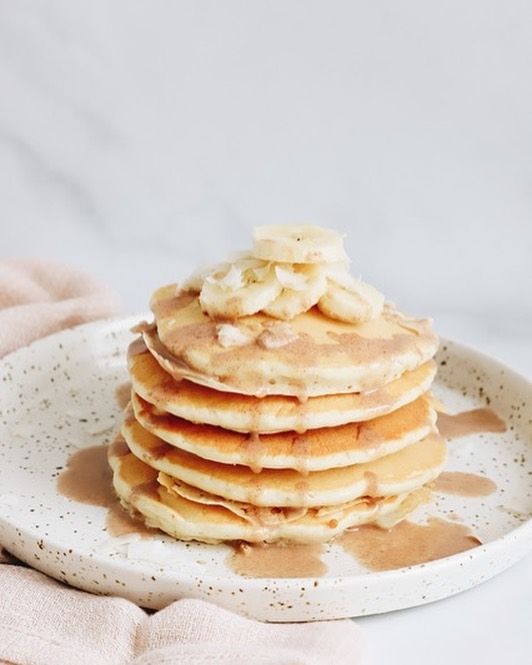Outbound link compliance isn’t the sexiest topic but it’s an important one.
If you’re serious about making your food blog a success, you need to make sure you use nofollow on specific external links consistently.
We created this list of 10 helpful tips so that you can immediately improve your food blog’s nofollow compliance at no extra cost.
Our list of tips is based on real-life SEO audits for Foodie Digital members where we find a mind boggling number of sponsored and affiliate links that aren’t compliant.
Yikes!
Let’s get started:
- What is a nofollow link
- Summary of nofollow rules for food bloggers
- Affiliate disclosure guidelines
- Penalty for non-compliance with nofollow
- The three outbound link attributes
- What is a dofollow link
- How to tell if a link is nofollow
- How to add nofollow links in WordPress’ classic editor
- How to add nofollow links in WordPress’ block editor
- How to fix a backlog of posts with links that aren’t nofollow compliant
What is a nofollow link
Nofollow links are outbound links with a rel=”nofollow” attribute in the HTML tag. This nofollow attribute tells search engines, like Google and Bing, to ignore or not follow a link.

The nofollow attribute was introduced by Google in 2004 to originally deal with comment spam, but it quickly became the recommended method for indicating advertising-related and sponsored links.
When nofollow was first introduced, Google didn’t count links tagged with nofollow as a signal to use in its algorithm. But this changed in the fall of 2019. Nofollow link attributes are now treated as “hints” for which links Google should consider or exclude in search rankings.
SEO tips for food bloggers prioritized
In this post we help you identify where you’re at with SEO, and then outline the actions you need to take to accomplish your SEO goals.
Summary of nofollow rules for food bloggers
If you’ve been wondering if nofollow compliance is important for food blog SEO, the answer is YES!
According to Google, if you create sponsored content for companies, use affiliate links (this includes Amazon affiliate links) and review free products, you need to “qualify your outbound links“.
This means you’re required to apply a nofollow attribute to external links that link out to specific online locations, like a sponsor company’s website, products and social media accounts, as well as affiliate links where you make a small amount of money from a visitor’s purchase.
If you haven’t been tagging links nofollow for months (or maybe years?) don’t panic. Keep reading.
Affiliate disclosure guidelines
If you earn affiliate commission from links you include in your nutrition-focused posts, recipe content it’s important to be up-front with readers about the fact that you make money from their purchase. This includes affiliate links to:
- Ingredients
- Kitchen equipment
- Cookbooks on Amazon (even your own cookbook!)
- Kitchen decor
- rewardStyle links
- Beauty and other lifestyle products
When it comes to disclosure, the more transparent you can be, the better.
Amazon, for instance, takes its disclosure guidelines seriously and states that publishers can be banned from Amazon for violating disclosure guidelines.
The closer your disclosure statement is to your affiliate link, the better. Putting disclosures in places that aren’t obvious isn’t helpful for a reader.
Pinch of Yum, for example, includes an affiliate notice directly after an affiliate link.
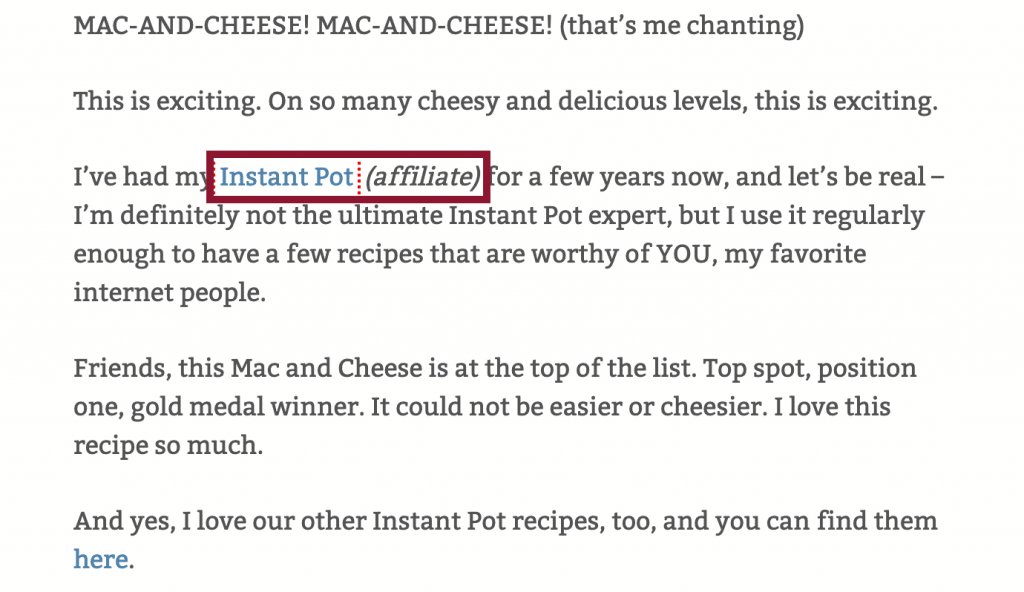
While Gimme Some Oven chooses to include a statement in each and every post.
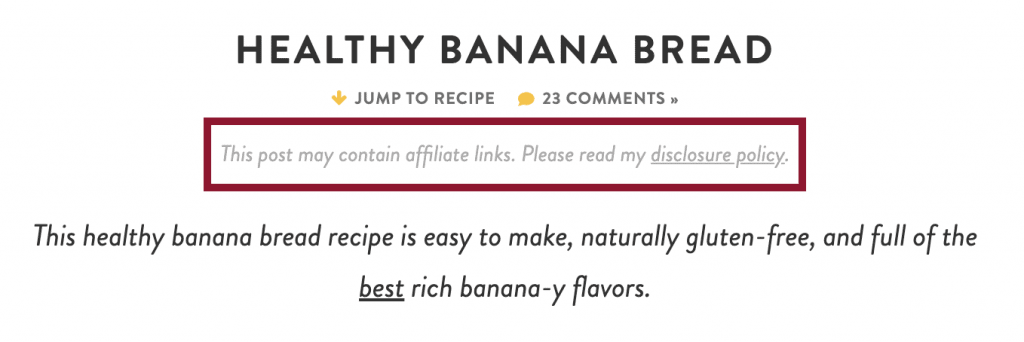
Penalty for non-compliance with nofollow
The penalty for non-compliance with nofollow is a manual action.
Although it seems impossible that Google would notice or bother with an independent publisher’s non-compliance with nofollow, trust us, it does. A manual action can completely remove you from search results, or result in your content being ranked much lower in the search results.
If your site is affected by a manual action, Google will notify you in the Manual Actions report in your Google Search Console account. Recovering from a manual action is no small feat and can take months, which is why we advocate for nofollow link compliance every chance we get.
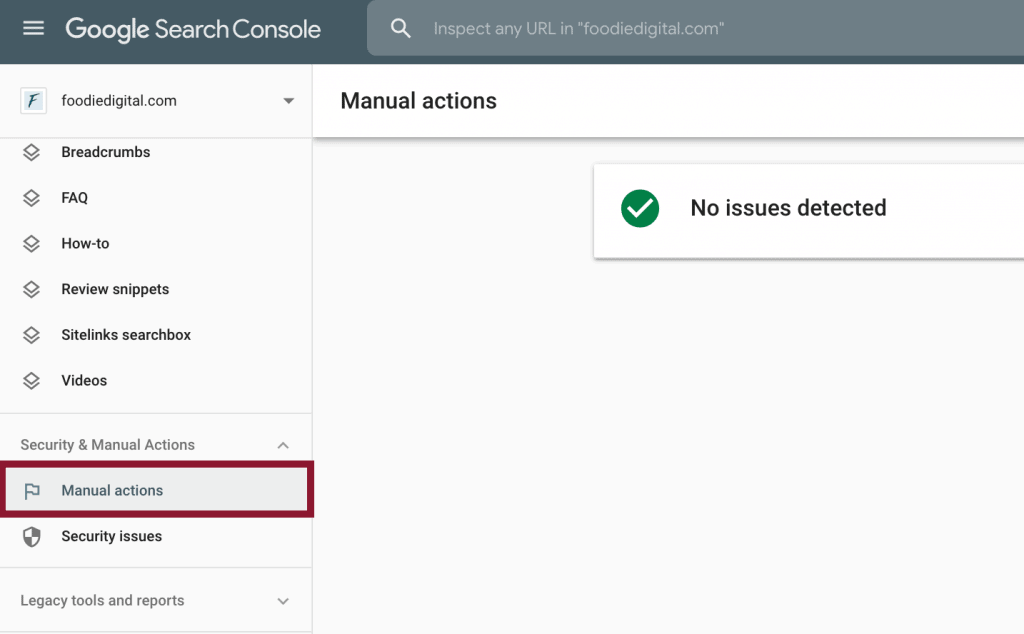
The three outbound link attributes
Because of the changing nature of the web, and the massive influx of advertorial and sponsored content in the last few years, Google recently updated its outbound link attributes.
There are now three attributes you can use:
- rel=”nofollow”
- rel=“sponsored”
- rel=“ugc”
rel=“nofollow”
Use this classic nofollow value when you want to link to an external page or post but you don’t want to imply any type of endorsement or pass on any of your ‘link juice’ to that page or post.
rel=“sponsored”
Use the sponsored value to identify links that were created as part of advertisements, sponsorships or other paid agreements like earning affiliate income.
rel=“ugc”
UGC stands for user generated content. It’s recommended for links within user generated content, such as comments and forum posts. Thankfully, WordPress comments and reviews, a common source of user-generating content for a food blog, are automatically tagged nofollow.
What is a dofollow link
Link building is when you earn links from other sites to your own. It’s one of the biggest factors associated with higher rankings in Google.
To be clear, we’re not talking about a social backlink, or a newsletter backlink. We’re talking about a backlink in a post’s body copy.
In the absence of a financial partnership or receiving free product from a company in exchange for exposure, you can 100% earn a dofollow backlink.
- A dofollow backlink passes the SEO strength of the site that’s linking out on to the page or post that it’s linking to.
- A nofollow backlink does not pass on SEO strength. Nofollow backlinks are great to increase exposure, but they have no SEO effect.
The only difference between a dofollow and nofollow backlink is a rel=nofollow HTML tag.
To a site visitor, it’s impossible to tell the difference between a dofollow and nofollow link. To Google and Bing, there’s a big difference between the two.
How to tell if a link is nofollow
A simple way to check if a link is nofollow is by using the free nofollow chrome web browser extension. A link that shows a red dotted rectangle around it is nofollow. A link without a red dotted rectangle around it doesn’t contain a nofollow attribute.
Here’s two examples of affiliate links tagged nofollow:

How to add nofollow links in the classic editor
Adding nofollow to specific links in WordPress’ classic editor is straightforward if you already use a recipe card plugin, or if you manage your affiliate links with a tool like pretty links.
- If you use Tasty Recipes, we’ve written a detailed account on how to apply nofollow correctly in the recipe card plugin.
- If you use Create by Mediavine, we have detailed instructions for how to tag links nofollow in a post’s body copy, as well as in recipe ingredients and instructions in the recipe card itself.
- If you use WP Recipe Maker, we have a detailed overview for how to apply nofollow correctly in the free, premium, pro and elite versions of the plugin.
How to add nofollow links in the block editor
If you use WordPress’ block editor, you cannot lean on your recipe card plugin to tag specific links nofollow. This may change in the future, but for now a separate approach is needed to manage nofollow links in a post’s body content.
Yoast SEO version 14.4 (released June 23, 2020) allows you to easily add rel=“nofollow” and rel=“sponsored” to specific external links for WordPress versions 5.4 and above.
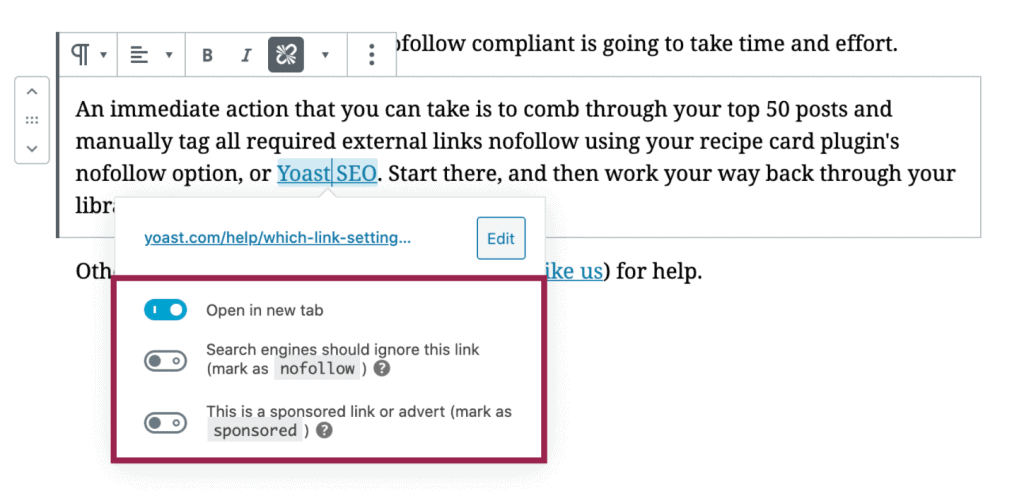
How to fix a backlog of posts that aren’t compliant
If you have a lot of posts with links that aren’t nofollow compliant, we recommend immediately prioritizing this work to avoid a manual action.
Truthfully though, becoming nofollow compliant is going to take time and effort.
One immediate step that you can take is to comb through your top 50 posts and manually tag all required external links nofollow using your recipe card plugin’s nofollow option, or Yoast SEO if you use the block editor. Start there, and then work your way back through your library of posts.
Otherwise, reach out to an SEO professional (like us) for help.
Note: Foodie Digital participates in affiliate programs for select recipe card plugins and hosting providers. The opinions we share are based on our own in-depth research, and the ongoing need for our members to use SEO tools that are future-proofed, credible, professional and well supported.







